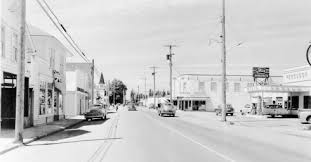 DELTA My
Home
DELTA My
Home|
The land that would become Delta was first sighted by Europeans in 1791. Spanish explorer Lieutenant Francisco Eliza mistook the area for an island and named it Isla Capeda. The Gold Rush of 1858 and the creation of the Colony of British Columbia attracted settlers to the land. In the north of Delta, James Kennedy had pre-empted acreage on the south bank of the Fraser near New Westminster in 1859. The Ladner brothers, William Henry and Thomas Ellis of Cornwall, England, on their way to the gold fields, saw the potential for agriculture in the rich soils of the Fraser River delta and resolved to return. In 1868, they did and claimed land at the head of Chilukthan Slough in present-day Ladner. Farming and fishing were the economic foundations of Delta. Salmon was first canned commercially on the Pacific coast near Annieville. In 1873, James Deas established a cannery at present-day Deas Island. In 1879, Thomas Ellis Ladner opened a cannery at the north end of Chilukthan Slough and later managed the Wellington Cannery near Westham Island. As the population grew, incorporation was granted in 1879, and the community of Ladner was designated its administrative centre. |
Delta is bordered by the Fraser River to the north, the United States (Point Roberts, Washington) to the south and the city of Surrey to the east. Delta is composed of three distinct communities: Ladner, Tsawwassen, and North Delta.
© 2020BCmyHome.ca ~ BC, Canada - contact the webmaster
